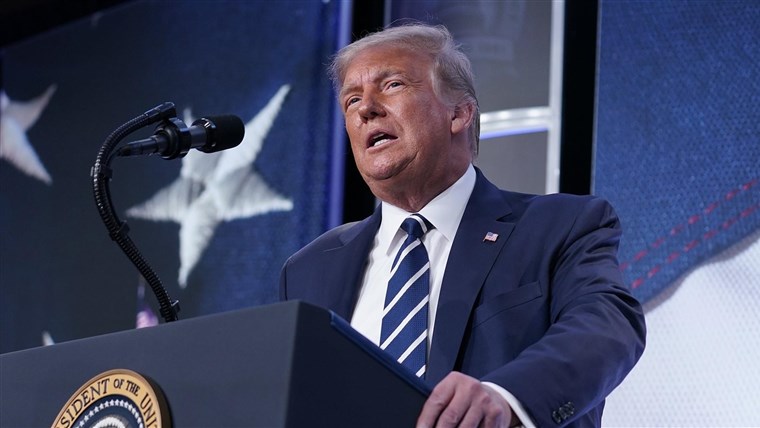Manitoba Premier Brian Pallister has plunged his province into an election nearly a year before he had to, and voting day will happen while a federal election campaign is also underway — meaning Conservative resources could be stretched thin in the Prairie province.
For the Sept. 10 vote Pallister, a Progressive Conservative, will need to raise money and mobilize hundreds of volunteers — resources that the federal Conservatives will also need to draw on in their bid to recapture most of the province’s seats in the general election, widely expected to be on Oct. 21.
Prime Minister Justin Trudeau, who is expected to call the election after Labour Day, said Tuesday he would stick with the fixed election day and Pallister was free to make “different choices” and send his people to the polls while a previously scheduled federal campaign is on the go.
The federal Liberal Party holds a plurality of seats in Manitoba — they won seven seats compared to five for the Tories and two for the NDP in the 2015 vote — and Conservative Leader Andrew Scheer needs to capitalize on his strong polling numbers in the West and cobble together enough seats in an effort to end Trudeau’s time as prime minister.
In an interview with CBC News, Conservative Manitoba MP James Bezan conceded Conservative volunteers could find themselves overextended this month as they divide time between provincial and federal campaigns.
‘Significant challenges’
While the federal election has yet to be called, incumbent MPs like Bezan have already begun their campaigns in earnest.
“My biggest concern with all this is volunteer wear-out, fatigue. How are they going to handle it?” Bezan said. “They’re going to be tired from doing these back-to-back elections because we often use the same people.”
Bezan said he has already noticed while out door-knocking that some voters have had a hard time keeping track of which conservative campaign — Team Pallister or Team Scheer — is asking for their support.
“It does create voter confusion around some of the issues and who’s actually running right now,” he said.

“But I can tell you people in the West, they’re motivated to get rid of Trudeau federally,” he said. “We are still going to knock doors. We’re still doing our fundraising events even while our provincial cousins are in campaign mode. I’m glad it’s going to be over early because that’s when our campaigns will kick off officially. We’ll take down their signs and slip up our federal Conservative signs.”
Andrew Brander, a consultant with Crestview Strategy and a former staffer in past provincial and federal Conservative governments, said it’s far from ideal to have two campaigns on at the same time and there’s potential for “significant challenges.”
“It’s going to add pressure on already strained resources,” he said, adding both parties tap the same pool of donors to fund campaigns.
But that’s not just a problem for the Tories: the provincial and federal NDP are actually part of a single entity, and they will face similar logistical challenges, he said.
Volunteerism on the decline
Brander said it’s also increasingly difficult to ask party supporters to campaign for free.
“The idea of volunteerism on campaigns is steadily in decline, and most campaigns are actually looking to pay canvassers. People just don’t have time anymore, and when you have competing interests that’s even more of a struggle,” he said, adding campaigns are fought more and more online in order to deal with the staffing shortage.
Brander, who worked as chief of staff to federal Conservative Deputy Leader Lisa Raitt before moving to Ontario’s legislature to work with the Ford government, said many voters simply don’t differentiate between federal and provincial wings of the various political parties — and provincial incumbency doesn’t always bode well for a federal party with the same ideology.
“I’m sure if you were to talk to some federal Conservative candidates in Ontario right now they’d tell you they’ve been hearing concerns about the provincial government,” he said. “I can tell you during the last federal election, we heard complaints about [former Liberal Ontario premier] Kathleen Wynne all the time. That’s naturally what happens.”
Some Conservative premiers have agreed to lay low over the summer and the first few months of fall — Ontario Premier Doug Ford has delayed the return of Queen’s Park until after the federal vote, for example — to allow Scheer and his team to take centre stage. Pallister has bucked that trend.
“There are some premiers who have obviously gone out of their way to allow for the federal campaign to remain the focus … they’re taking a back seat,” Brander said.
Bezan said the dual campaigns could actually prove to be an advantage — an opportunity for provincial and federal Tory operatives to work in tandem and hit more doors in a short period of time, reminding voters of the virtues of the shared Conservative agenda including smaller government and lower taxes and their solutions to pressing issues like health care and climate change.
“They [the provincial PCs] felt the decision to go early was the right one, and I support that,” Bezan said. “And now it’s just a matter of finding both of our paths to victory.”


